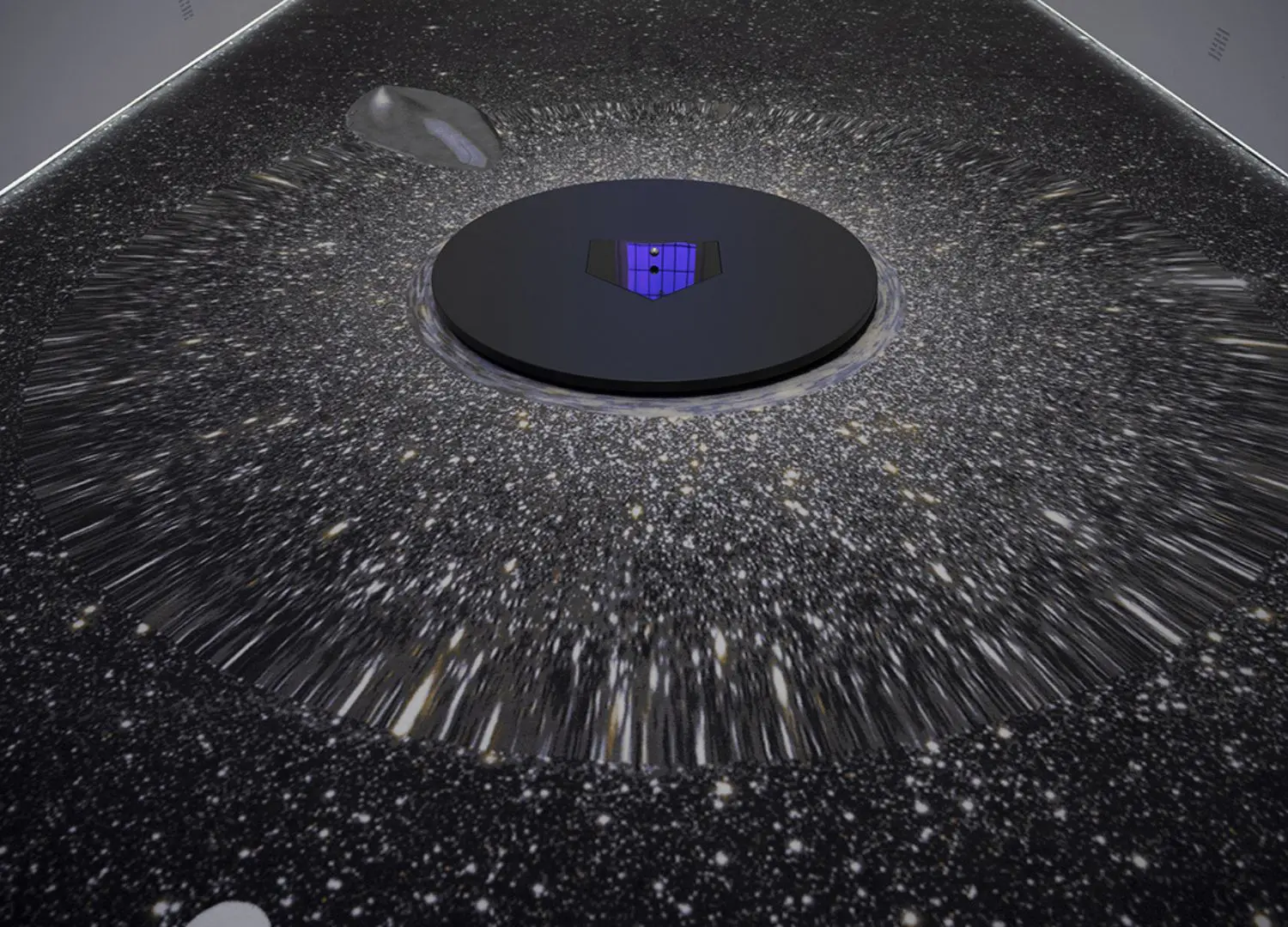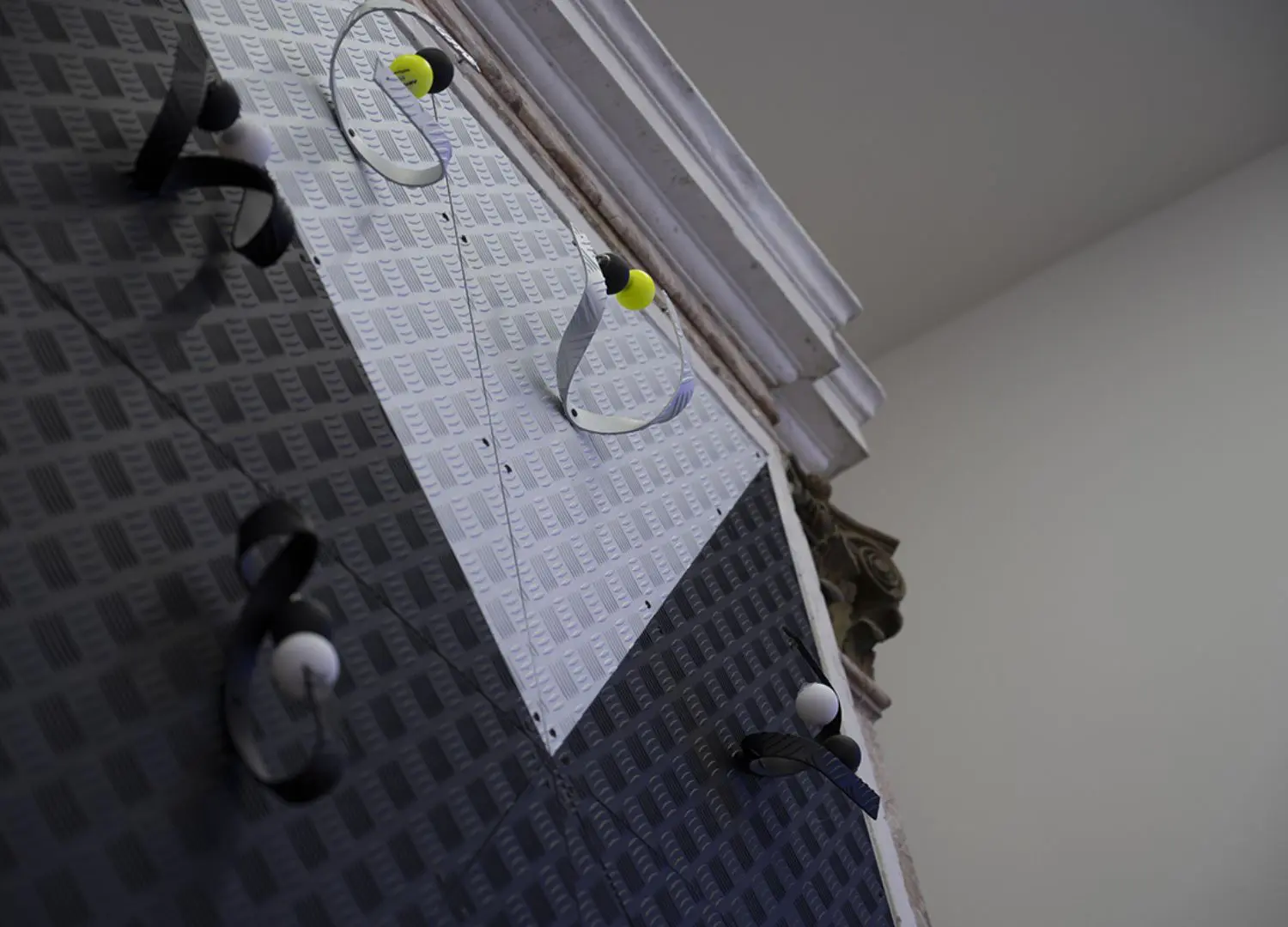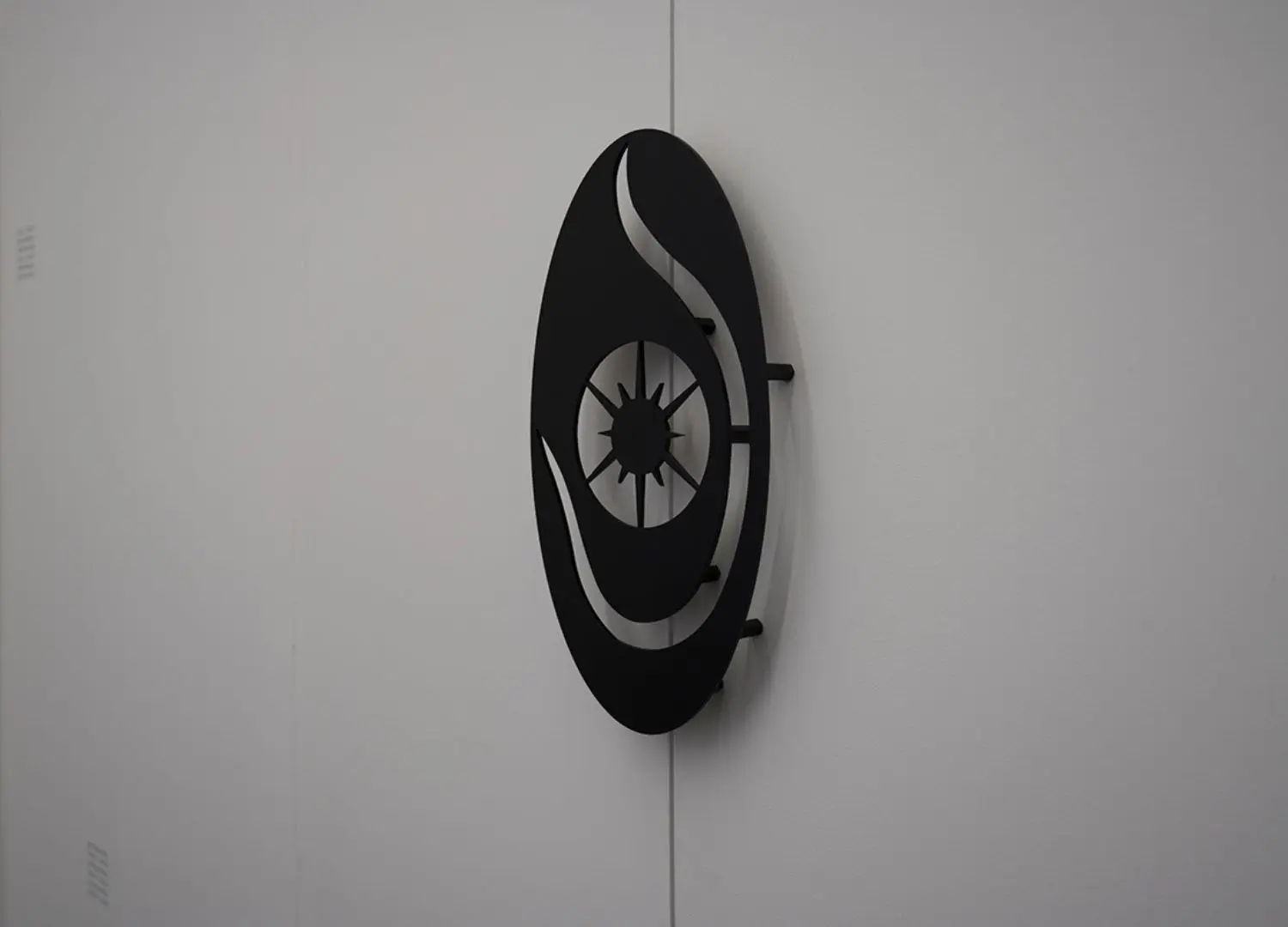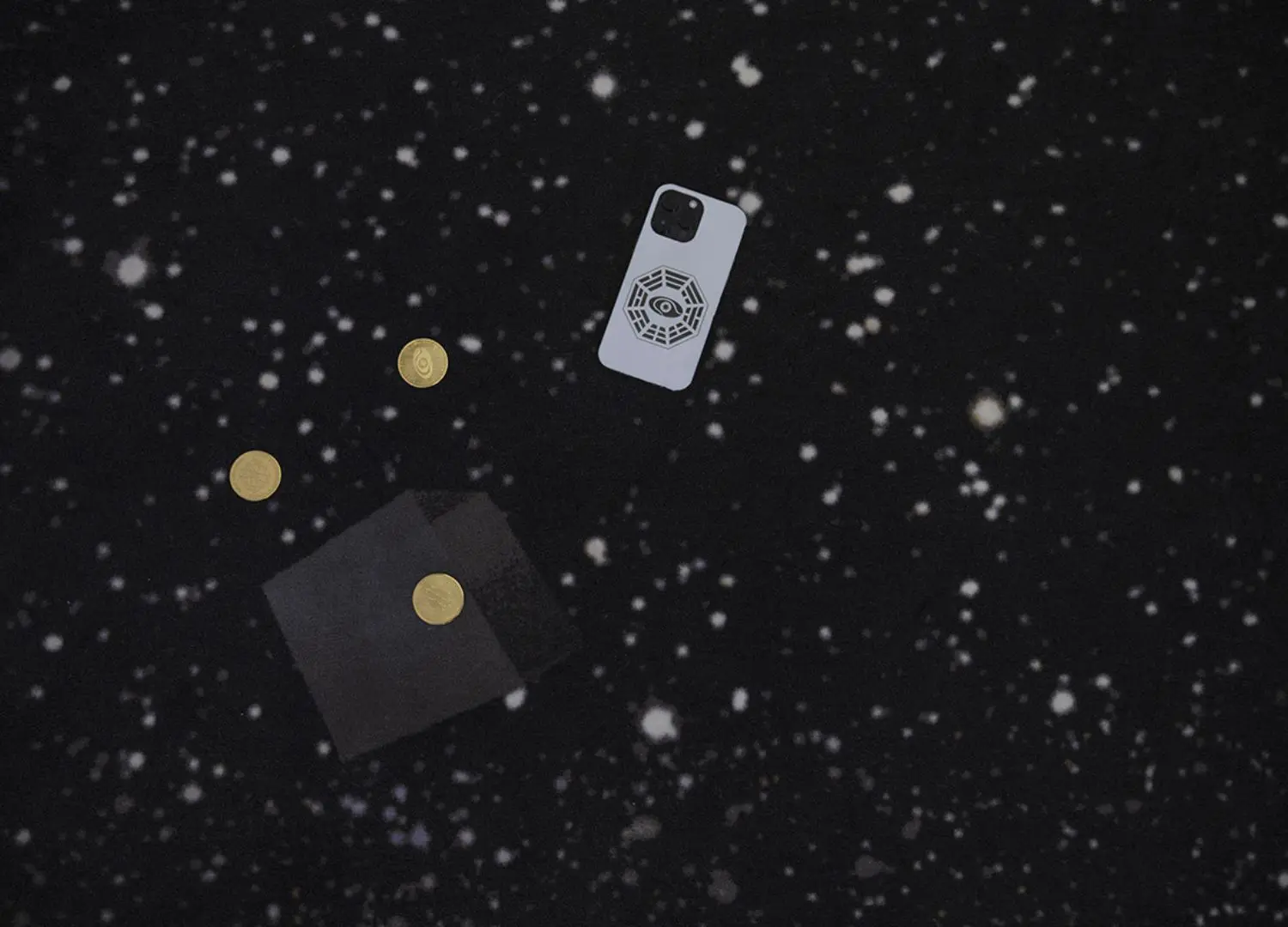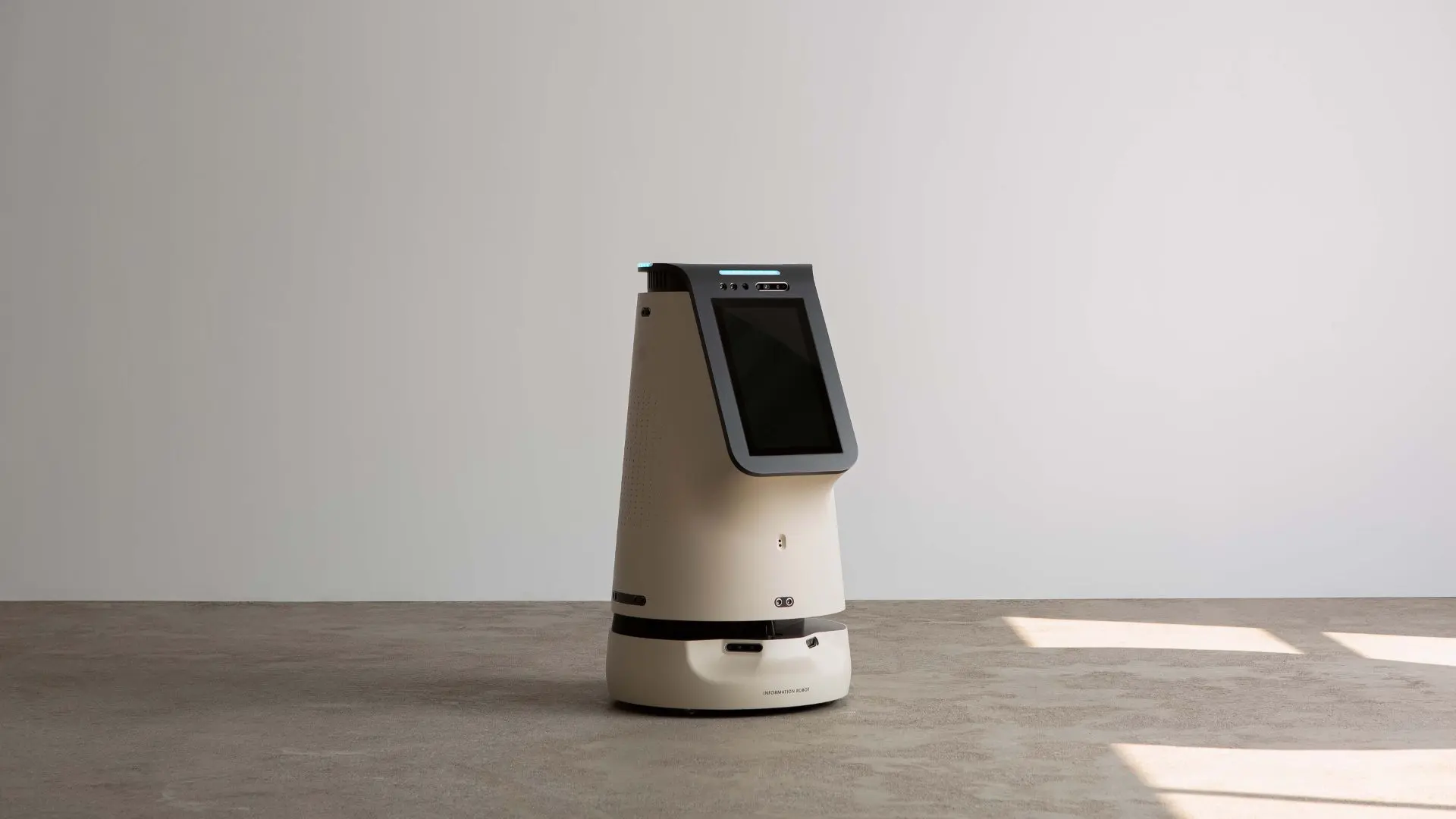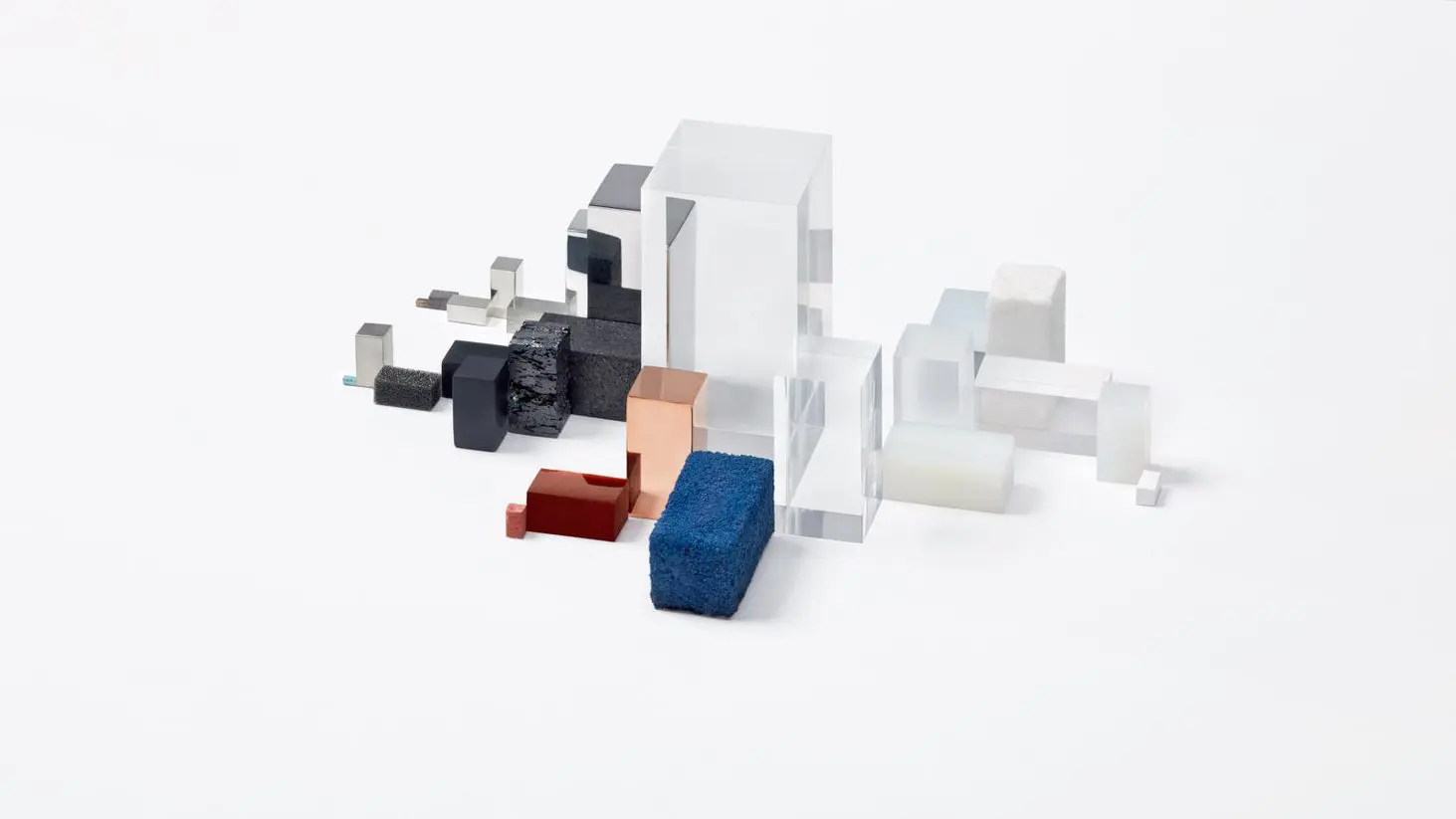Innovation beyond boundaries: Luca Pozzi’s fusion of Art and Design
In the domain of art, there are facets that frequently provide novel insights, even for professionals in industrial design, where the concept of ‘function’ is typically regarded as the fundamental differentiator that sets apart product design from artworks.
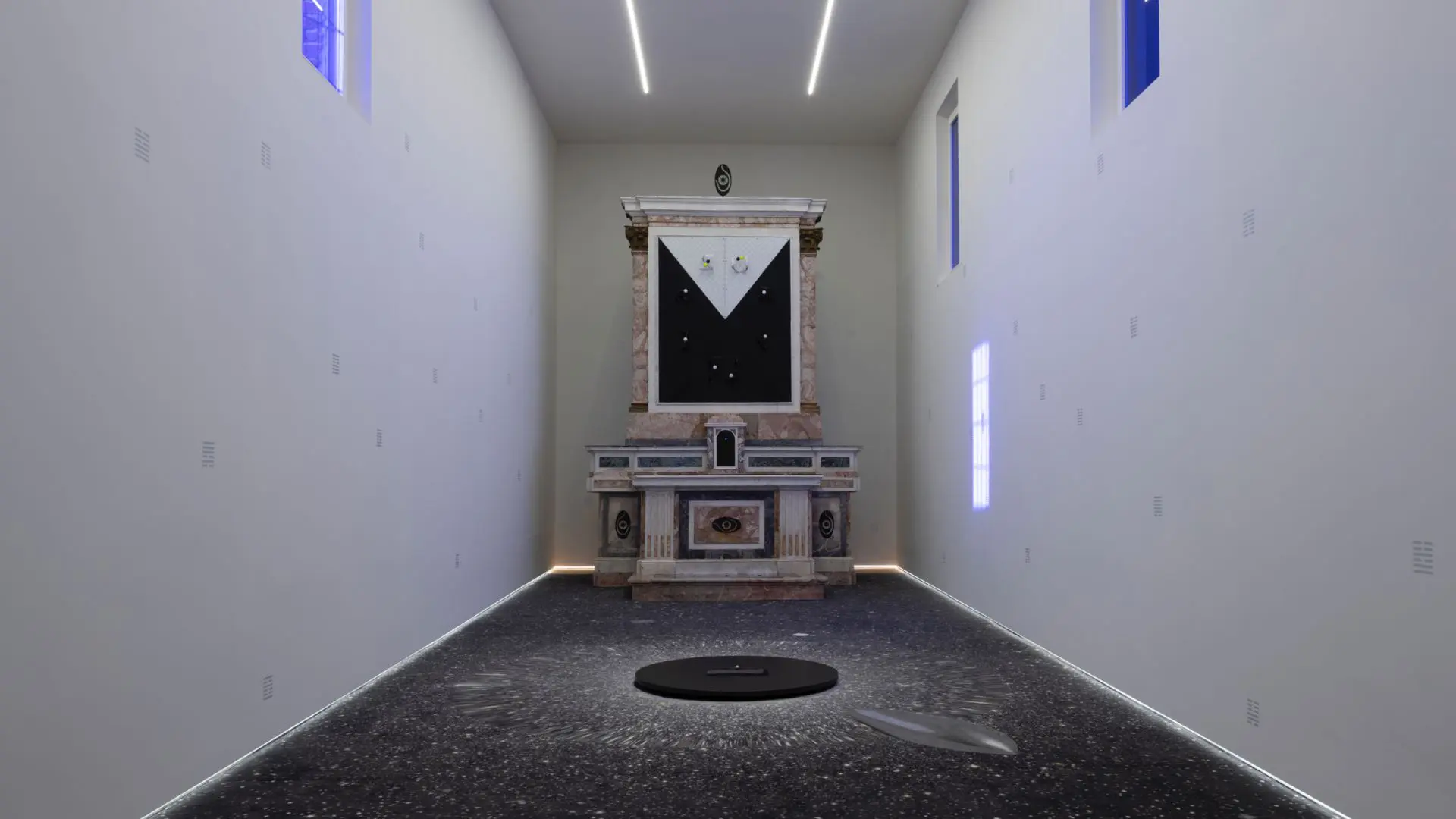
Luca Pozzi, an artist driven by a unique blend of influences from art, physics, multi-messenger cosmology, and computer science, has charted an extraordinary path. He initially earned a degree in painting at Milan’s Brera Academy of Fine Arts and later specialized in computer graphics and systems.
His journey took an unconventional turn as he forged collaborations with visionary scientific communities, including Loop Quantum Gravity (PI), Compact Muon Solenoid (CERN), and the Fermi Large Area Telescope (INFN, NASA). His intellectual pursuits ventured into the realms of quantum gravity, cosmology, and particle physics.
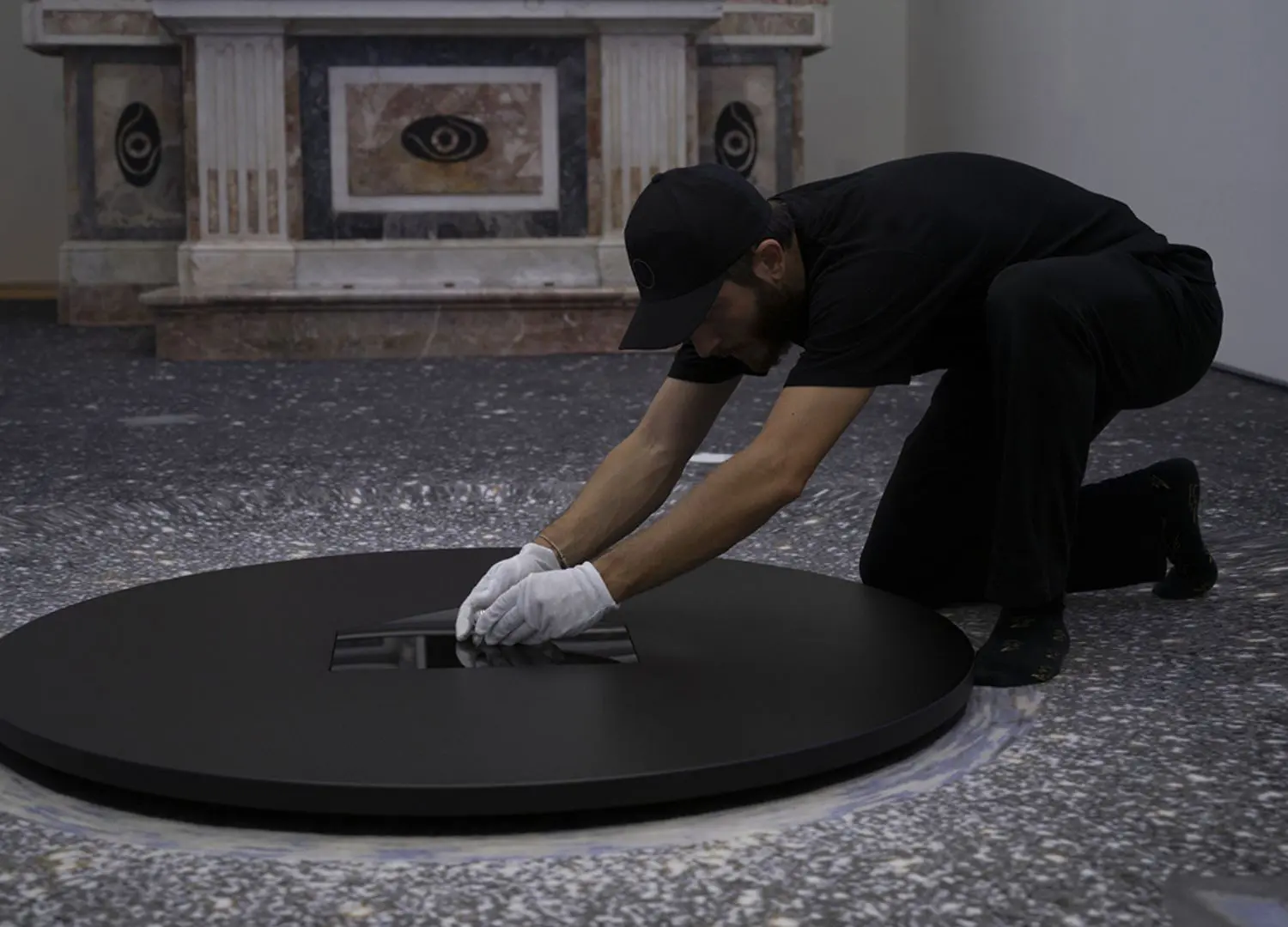
These explorations culminated in a series of captivating and hybrid installations, such as the ‘Third Eye Prophecy Temple’, better explained by Pozzi in this interview. His artistry is characterized by magnetized sculptures, objects suspended in levitation, immersive VR/AR experiences, and a photographic approach that captures the intricate interplay of frozen time and multidimensionality.
A multidisciplinary approach that tackles complex subjects for many individuals but, through inspiration and discipline, finds expression in his creations. In this interview with Luca, I believe the focal point lies in the art of translating insights and creativity into fresh artworks, drawing from realms that may seem distant yet exert a significant influence on our everyday lives.

As for design, its primary aim is to cater to immediate needs and practical requirements. Nonetheless, incorporating new dimensions into the design process can likely empower designers to foresee and address issues that may, sooner or later, become more immediate and familiar.
What is your background? Why and how did you get to where you are today?
Luca Pozzi:
“My education followed a conventional path as I pursued my studies in painting at the Brera Academy of Fine Arts, located in the historic heart of Milan. This institution was not only steeped in tradition but also housed the PINACOTECA, an art gallery brimming with timeless masterpieces spanning from artists like Piero della Francesca to Caravaggio, with names such as Mantegna, Bellini, and Veronese in between.
It was within this cultural epicenter that I discovered my passion and embarked on a journey of interdisciplinary exploration, bridging the realms of art and science. This exploration began with the Renaissance period and extended to the present day, traversing the avant-gardes of the 20th century. Foremost among these influences were Duchamp, the Metaphysical art of De Chirico, the Futurism of Balla and Boccioni, as well as the later contributions of Depero.
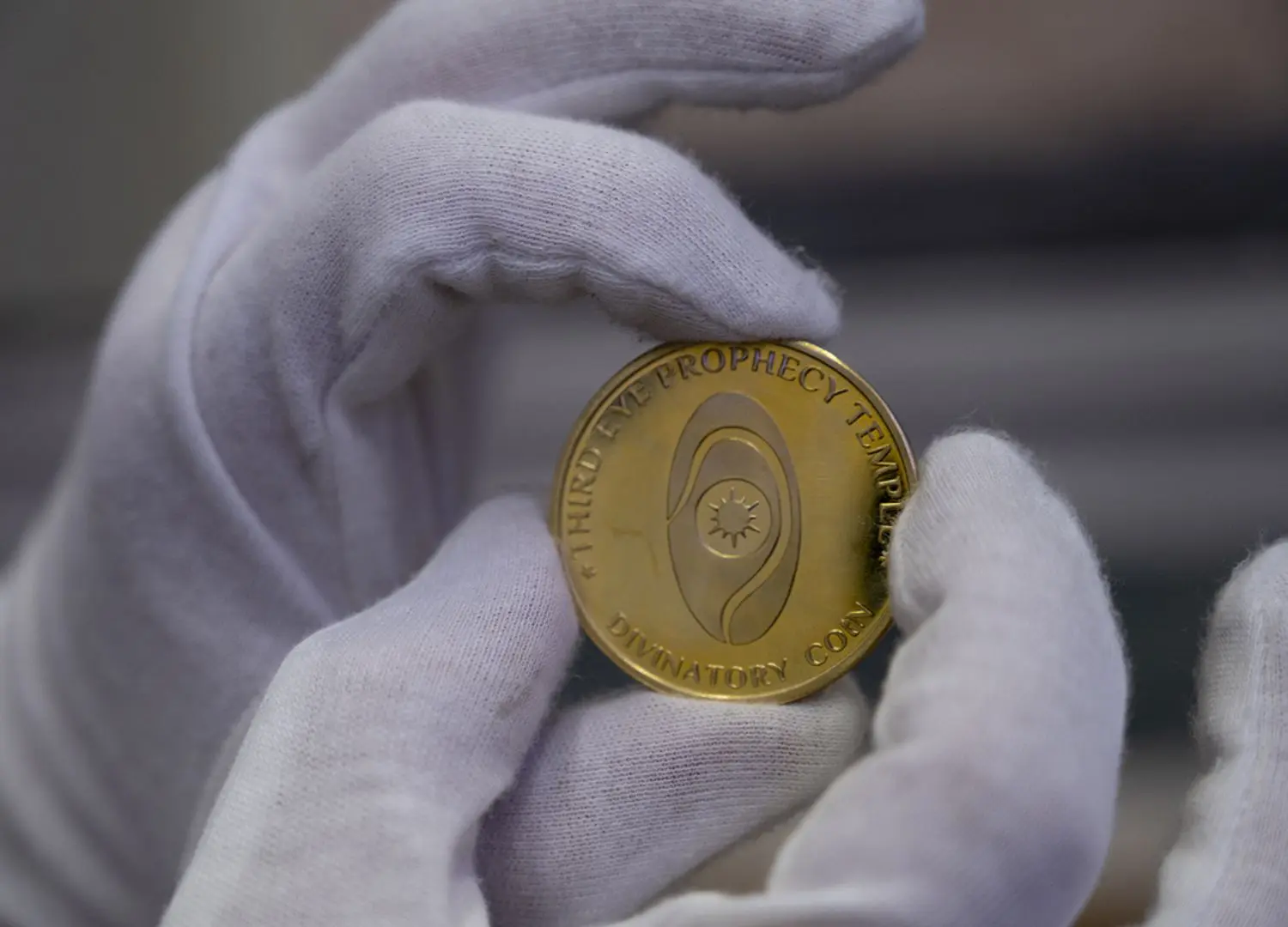
This artistic trajectory resurfaced in the 1960s and 70s with the Arte Povera movements and found its zenith in the T and N Group. Alongside these artistic movements, the concept of Arte Programmata championed by Olivetti’s enlightened revolution played a pivotal role, interpreting space and time through the lenses of Einstein’s General Relativity and the Quantum Mechanics of luminaries like Heisenberg, Dirac, Schröedinger, and Bohr.
Today, the most profound scientific challenges I face revolve around the incongruities that arise when attempting to reconcile these two mathematical models, especially at high-energy levels near black holes or the moment of the big bang. During such events, purely gravitational phenomena come to the fore, giving rise to seemingly unfathomable singularities.
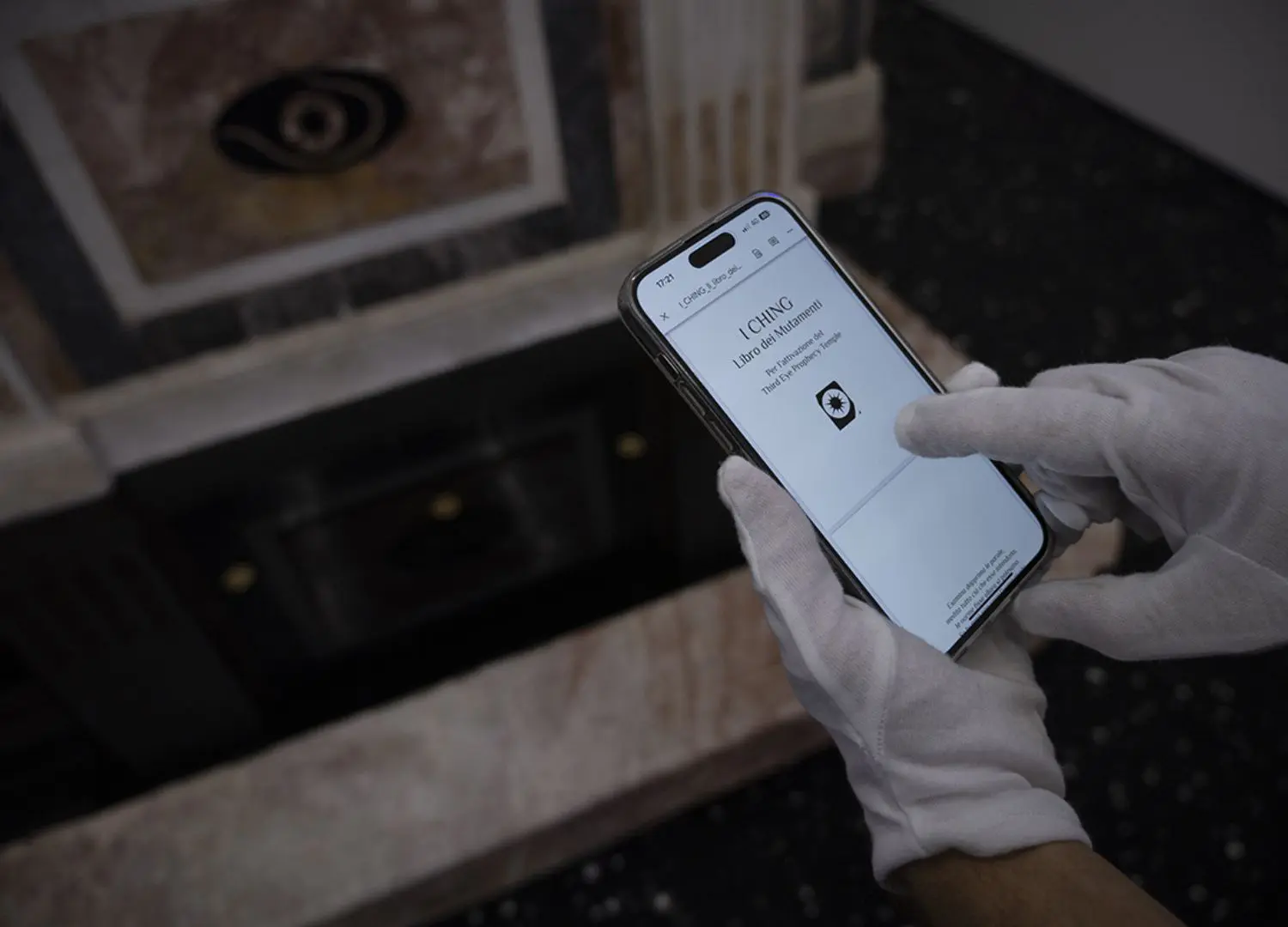
To tackle these challenges, I diligently study, collaborate with, and engage in scientific communities. It’s evident that I couldn’t access the vast array of information necessary to comprehend natural phenomena through the lenses of Loop Quantum Gravity and Multi-Messenger Cosmology on my own. My journey to my current state, whatever that may be, is undoubtedly indebted to the generosity and support of others.”
Your biography defines you as an ‘artist and multidisciplinary mediator.’ Could you clarify the meaning behind this description? Can you elaborate on the nature of your work and the factors that influence it?
Luca Pozzi:
“We reside in an exceedingly materialistic and human-centered society, where the primary focus revolves around the control and exploitation of various resources. These resources can encompass raw materials, sources of energy, or even the collection of information for the purpose of targeting specific audiences.
In the realm of physics, there are two fundamental categories of particles: Fermions, which constitute matter itself, and Bosons, which serve as mediators and carriers of natural forces. Bosons are essentially particles designated for mediation. This is why I find it intriguing to envision myself as a Multi-disciplinary Mediator.
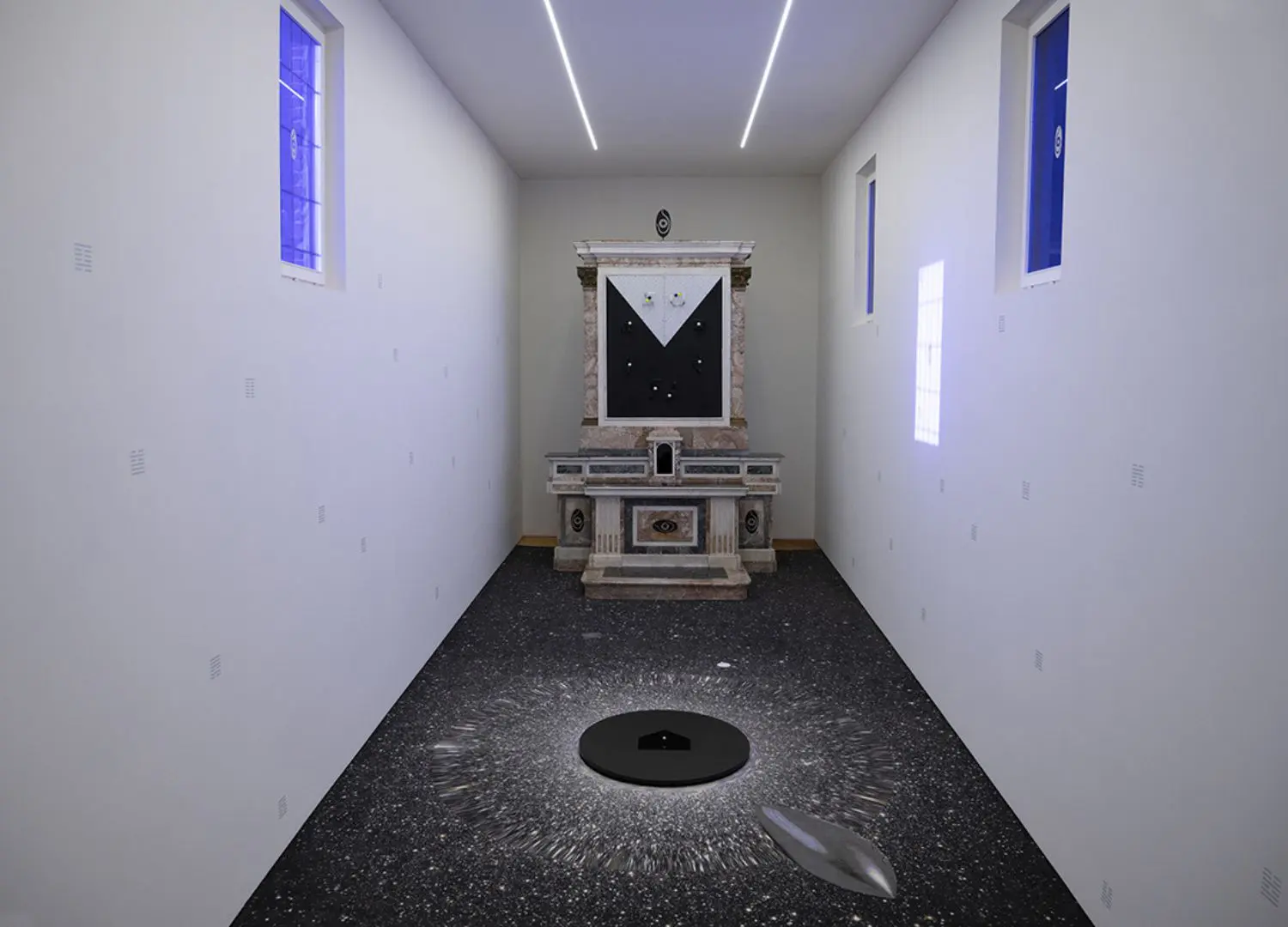
My intent is not so much to engage in scientific communication—there are individuals far better equipped for that role. Rather, I adopt this perspective because I prefer to see myself as a mediating force, akin to a particle, rather than merely a person with a name and physical presence. Consequently, the nature of my work is remarkably diverse and collaborative in essence.
My creations continually shift orbits, moving across different platforms and absorbing information from seemingly “foreign” contexts and languages, only to share these insights in yet another domain. I believe their true value lies in their ability to embrace almost anything, transforming into conduits that unite disparate worlds while simultaneously creating neutral zones. I envision them as open ports for redistributing attention and diffusing polarization.
The resultant works from these processes are hybrid in nature, fragmented across multiple spaces, and accessible to individuals far and wide who, through these works, become subtly interconnected, often without even realizing it. Whether it’s a video game, a repurposed church turned divinatory temple, a photograph, a website, a bronze casting housing a particle detector, an electromagnetic levitation field, an augmented reality event, an oracular artificial intelligence, or a Lecture Performance—each element serves as a “vessel” facilitating otherwise imperceptible yet undeniably real interactions.”

Based on your remarks, it appears that your work draws inspiration from the realms of art, physics, multi-messenger cosmology, and computer science. How do these domains intersect, and what are the fundamental principles that enable you to incorporate them into your creative endeavors?
Luca Pozzi:
“The sole foundational principle that truly exists is probability. The occurrence of an event serves as confirmation that it is indeed possible. In contrast, another, though less fundamental, principle is the concept of will, in whatever form it may manifest. I interpret will as the outcome of the intricate interplay between two networks that operate on different “scales” and “dimensions.”
The first network is internal and develops within the mind at a neuronal level, deriving sustenance from the energy transformation processes that dictate how effectively our bodies can perceive and interact with the surrounding ecosystem. The second network is external and is shaped by the universe that surrounds us, defining the potential trajectories we might follow in a more or less distant future.
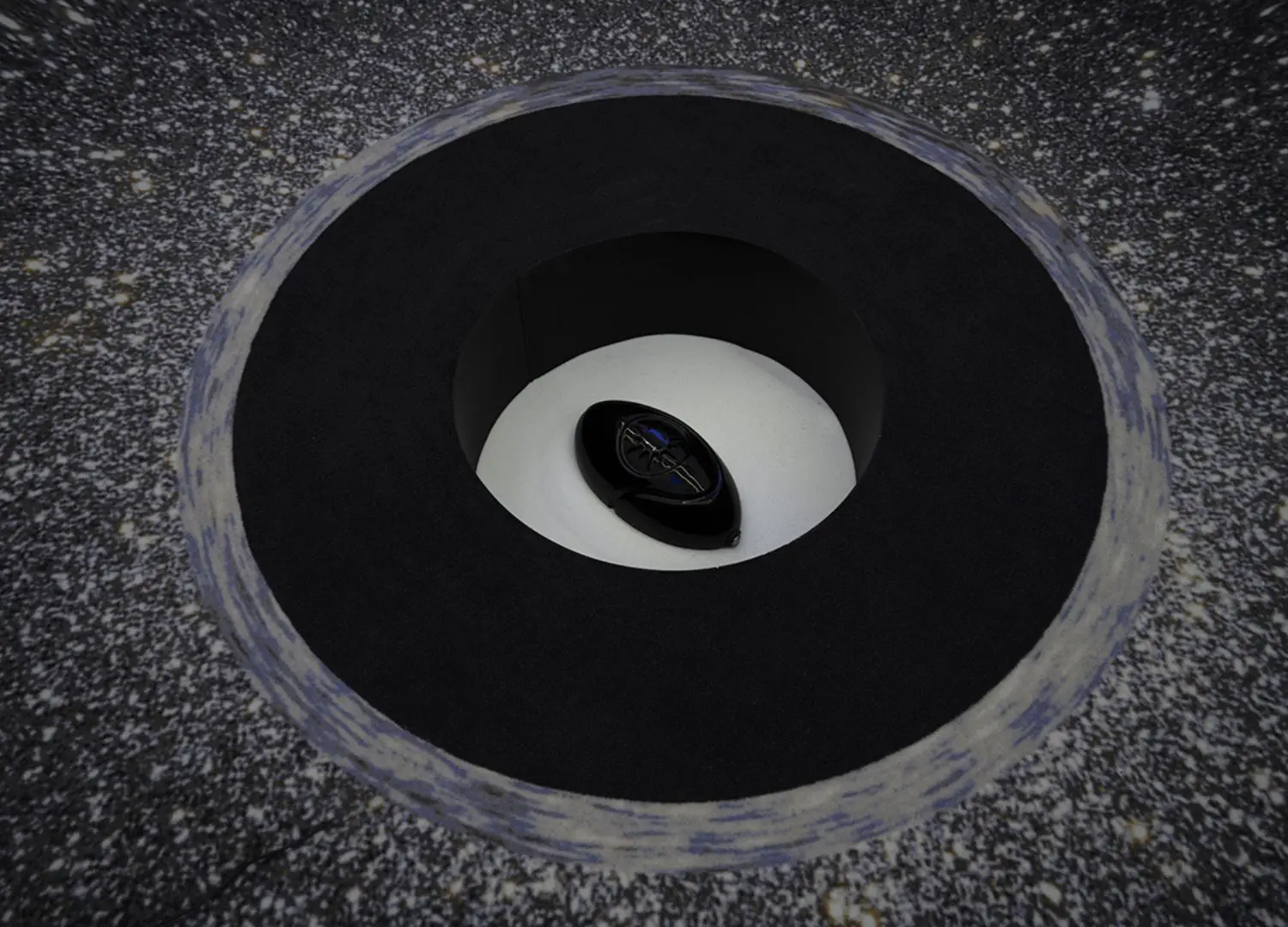
In my case, will emerges from a realization cultivated through years of study, which posits that information lies at the core of initiating natural processes. However, it’s not the information that is present, but rather, paradoxically, the absence of information. What exists represents the effect, while the missing information serves as the driving force. It is this absent information, precisely because it is lacking, that disrupts the local equilibrium and generates the asymmetry from which the beauty that envelops us emerges in all its myriad forms.
This logic can be applied universally and pertains to every facet of existence. It also extends to the creative process itself, which inevitably and perpetually monitors, nurtures, and pursues the apparent displacement of this absence, ultimately evolving into a meta-narrative.”
Can you share the background and genesis of your most recent work, ‘Third Eye Prophecy Temple,’ as well as its underlying concept or message?
Luca Pozzi:
“Certainly, I believe it serves as an excellent example to illustrate the creative process, as it encompasses nearly all the facets of my research. First and foremost, it’s essential to clarify that the “Third Eye Prophecy Temple” is a place with specific, albeit undisclosed, geographical coordinates. It exists as an intensely personal and private space, nestled within the confines of a family home, which is not readily accessible to the public.

The concept behind this project began with my aspiration to fashion a non-religious, Cross-Disciplinary meditative environment with a powerful iconographic presence. It was designed to serve as a catalyst for hybrid rituals that intersect the realms of Contemporary Art, Quantum Gravity, Multi-Messenger Cosmology, and ancient Eastern divinatory practices. Furthermore, it was crafted to resonate with the emotional essence of the most quintessential form of community: the family, regardless of what that concept signifies in our contemporary context.
Specifically, the “Third Eye Prophecy Temple” is dedicated to them, conceived as “champion units” for their unique experience. Despite its name, the temple does not adhere to any religious or political doctrine. Its inception stemmed from a friend’s request to transform a deconsecrated 17th-century church into a permanent environmental artwork. It’s noteworthy to emphasize that without the personal connection and friendship I share with this individual, the conditions for this project would not have materialized.

With carte blanche to proceed, I undertook a multifaceted approach, preserving and fortifying the original external brick architecture while conducting a series of renovations and interventions to redefine its symbolic structure. Here are a few examples:
- I incorporated a 17th-century polychrome marble altar with a muon scintillator from the National Institute of Nuclear Physics, linking it to artificial intelligence and a dedicated website. Within its tabernacle, a high-intensity blue LED illuminates when a subatomic particle from space collides with its surfaces, indicating its presence. The artificial intelligence assigns a word to each particle, generating a sentence every sixteen particles, imbued with an open oracular significance, which is instantly shared on a dedicated Telegram profile. Simultaneously, the message is recited by a voice generated by the browser on an online website inhabited by a digital avatar, addressing a decentralized audience.
- I replaced the altarpiece with a network of hand-bent aluminum bars, each housing 16 ping-pong balls in magnetic suspension, forming a network of suspended nodes.
- Inside the altar, a collection of black mirrored crystals safeguards essential tools for a divinatory ceremony dating back more than 3000 years, including a cell phone containing an updated digital version of the ancient Chinese text, the I CHING, and three specially minted “Third Eye Prophecy Divinatory Coins” used to determine hexagrams. These coins feature, on one side, the image of the Third Eye Prophecy Temple and, on the other, a mathematical diagram by theoretical physicist Carlo Rovelli, known as “Amplitude,” depicting the phase transition between a white hole and a black hole at the Planck scale.
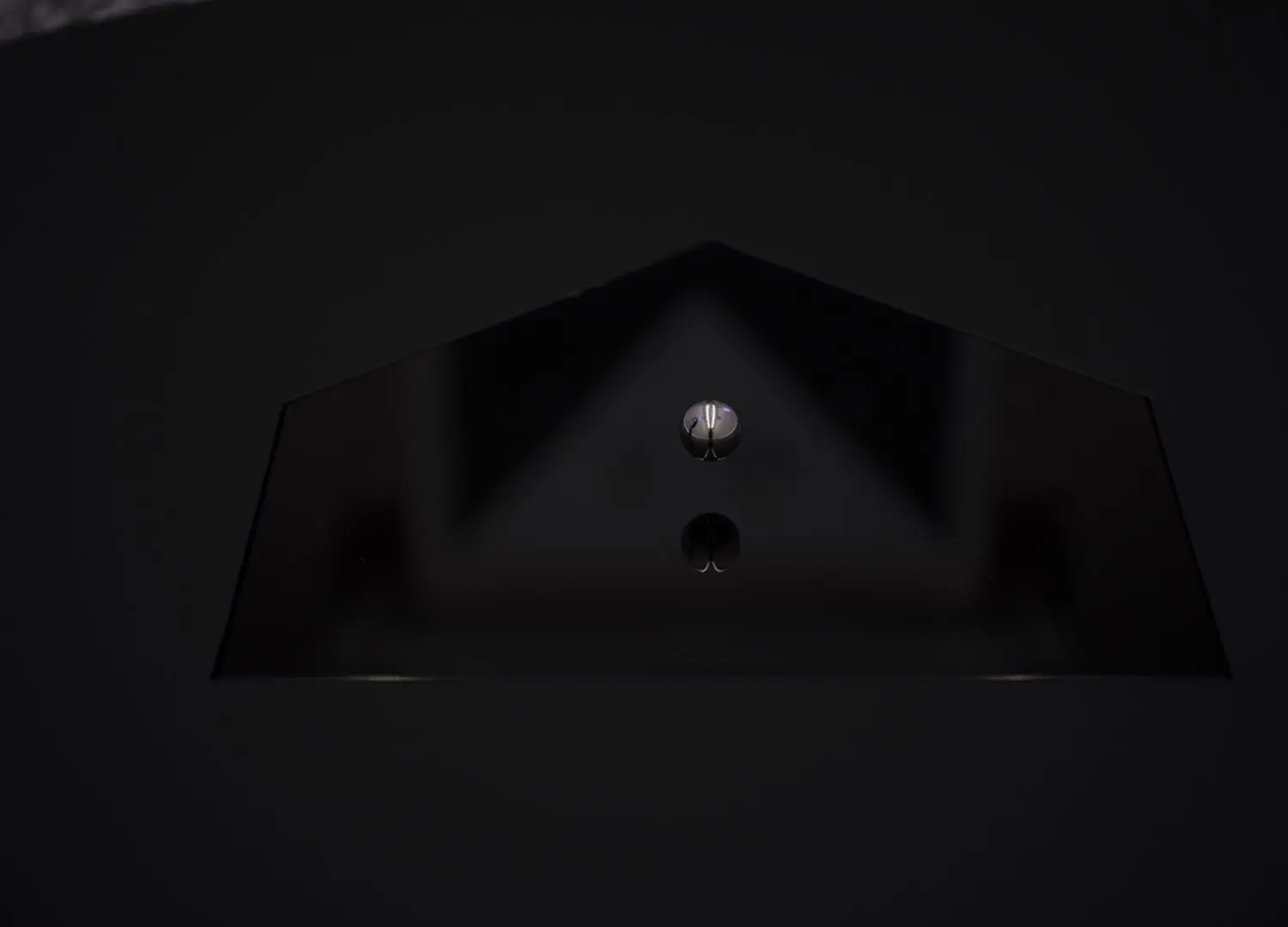
- The walls and ceiling were entirely reconstructed, reestablishing the lost axis of symmetry between the entrance and the center of the altar. They were transformed into a device for tracing the 64 hexagrams of the I CHING through the placement of reflective stickers.
- The entire floor was covered with a silk-screened carpet, created from a digital collage, resembling a starry sky surrounding a colossal black hole. This celestial scene features various objects in orbit, such as Lucio Fontana’s “Concetto Spaziale Ovale” from 1968, NASA’s 2018 InSight Mars Spacecraft, the ancient Martian landscape from 3.86 billion years ago, symbolic particles beyond the standard model designed by theoretical physicist Garrett Lisi in 2007, and a coin from Grosso Vignati depicting San Bassiano and S. Antonio from 1400.
- In proximity to the black hole, an electromagnetic levitation platform was installed, capable of maintaining a 2.5 cm diameter neodymium sphere in perpetual fluctuation above a crystal, roughly the size of a baseball home plate (diamond). Beneath the platform, integrated into the floor, lies a cylindrical compartment containing a ceramic urn partially submerged in a sea of white glass microspheres, awaiting the family’s relics.
- To complete the transformation, all windows were treated with ultraviolet filters and branded with the image of the Third Eye Prophecy Temple, altering the natural light’s spectrum to its maximum possible frequency within the electromagnetic spectrum.”

How do you see the intersection of art and design, and the subsequent divide often attributed to “functional” considerations? What insights can a designer gain from the realm of art, and conversely, what can the world of art learn from design?
Luca Pozzi:
“As mentioned earlier, I highlighted Olivetti as an exemplary figure. Personally, I view him in this light precisely because of his capacity to think in holistic, ecosystemic terms rather than within narrow sectors. Olivetti’s approach wasn’t centered on exploiting resources solely for profit maximization; instead, he nurtured the well-being of his collaborators and the diversity within his community to spark innovative experiences.
I firmly believe that vitality and diversity serve as the foundation for a healthy, harmonious system capable of equitably distributing the resources it generates. They also underpin the essence of both fine art and design, whatever that concept may entail. The precise lessons an artist can glean from a designer and vice versa remain somewhat elusive.
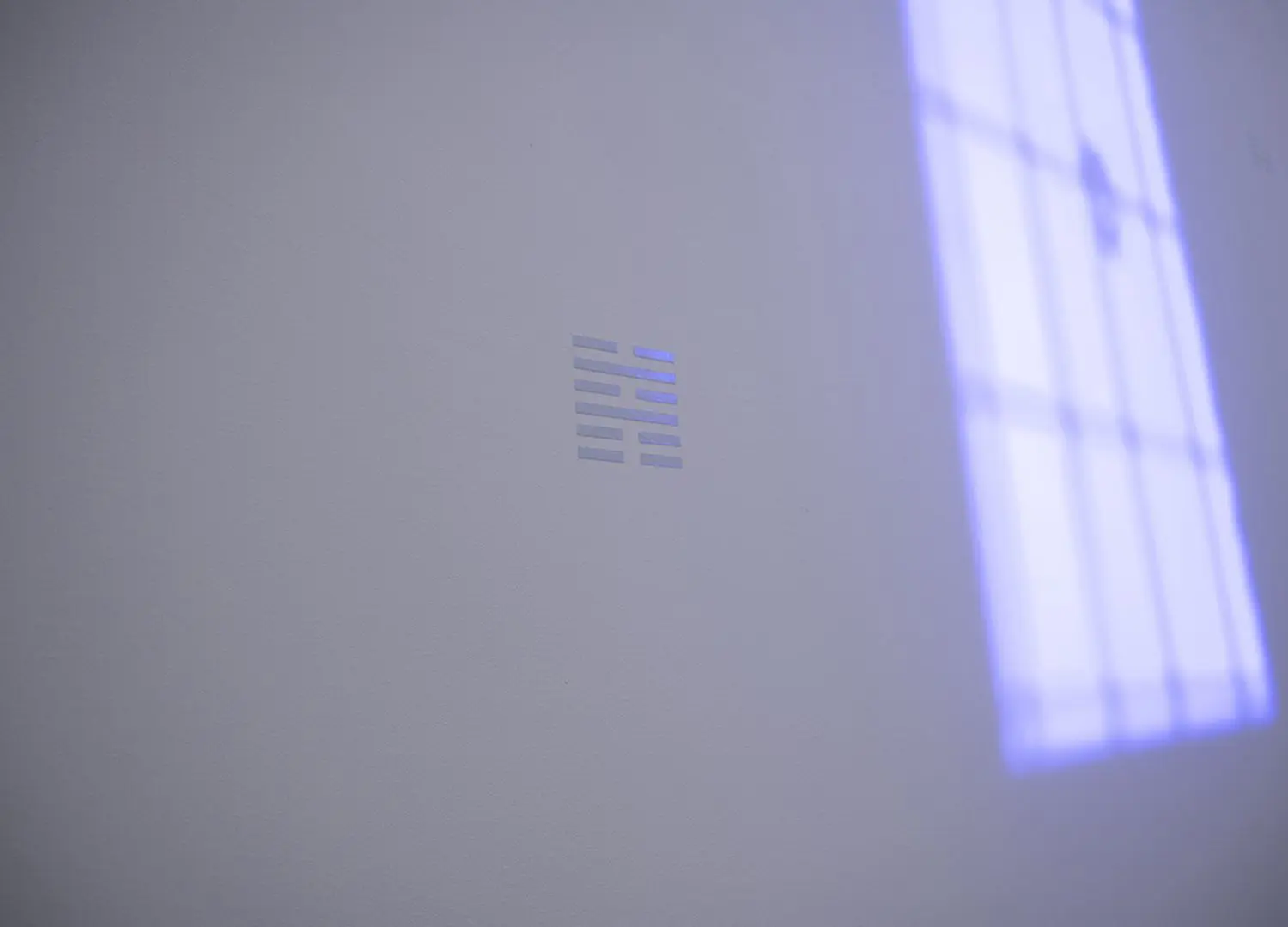
However, it’s undeniably true that the convergence of different patterns and attitudes can lead to a heightened sense of freedom. What may seem routine and conventional to one person might appear entirely novel to another. It’s through this dynamic exchange that new paradigms can emerge, shifting the discourse from “No, that’s impossible, it’s never been done, it doesn’t work that way” to “What if, instead?”—a fertile ground for the birth of groundbreaking ideas and perspectives.”
If you had an unlimited budget and complete creative freedom, what work of art would you choose to create and why?
Luca Pozzi:
“Do truly limitless budgets even exist? The concept of budgeting is inherently subjective, and in today’s world, it’s intrinsically linked to the ethical and ecological responsibilities associated with managing resources. Does anyone genuinely desire an unlimited budget? On the flip side, I find a more profound comfort in the realm of creative freedom.
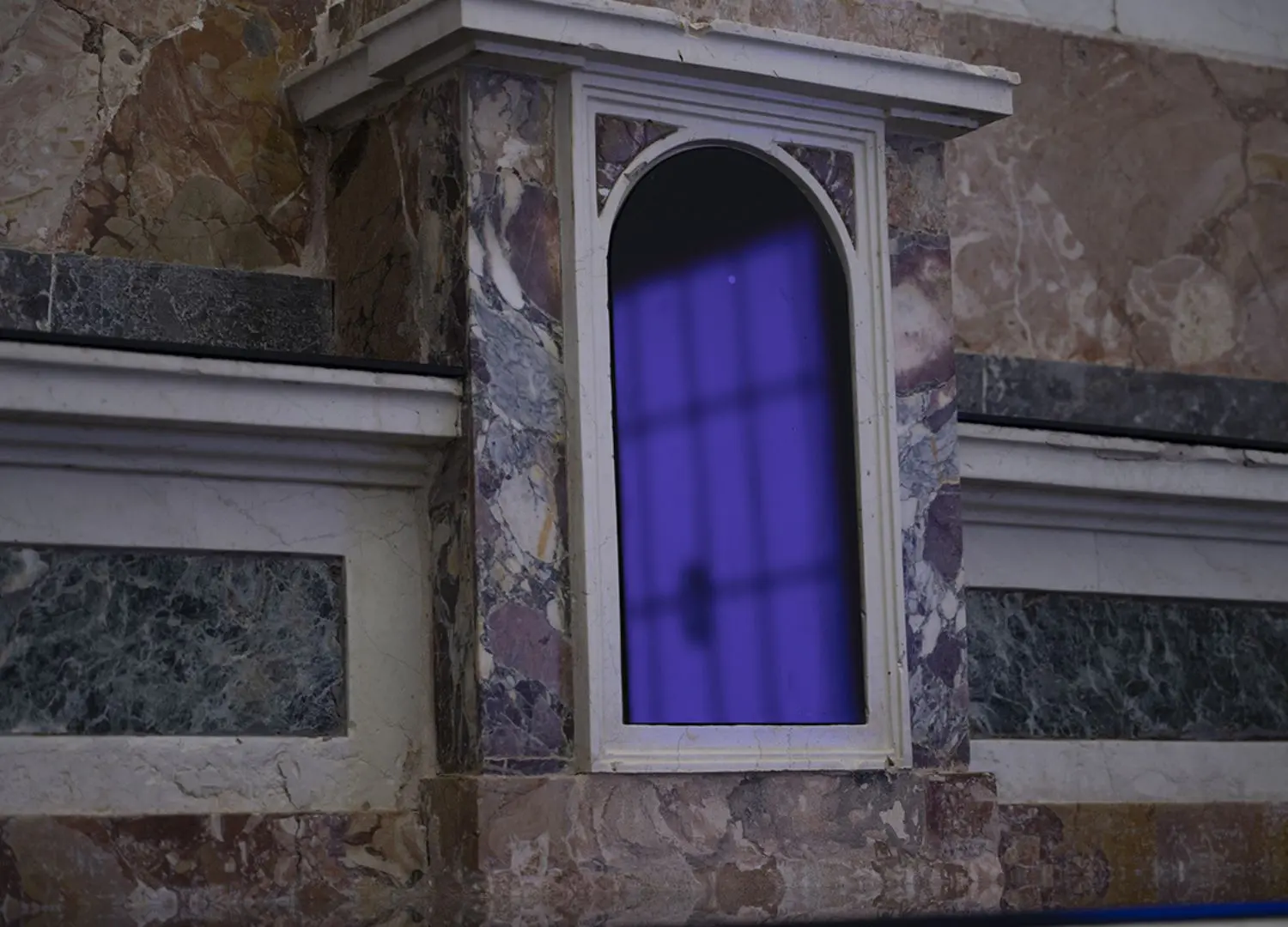
What truly matters is a profound belief in one’s own sense of urgency. When this trust in the urgency of a creative endeavor outweighs any desire for excessive acquisition, remarkable achievements can occur, and they can be executed with excellence.
If I possessed unwavering faith in my own sense of urgency, I might create an artwork that few would readily recognize as such. I might craft something so closely mimetic that it seamlessly blends into the backdrop of daily life, akin to the very air we breathe on a blustery day.”





